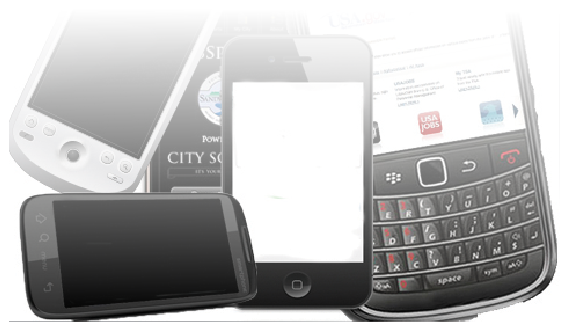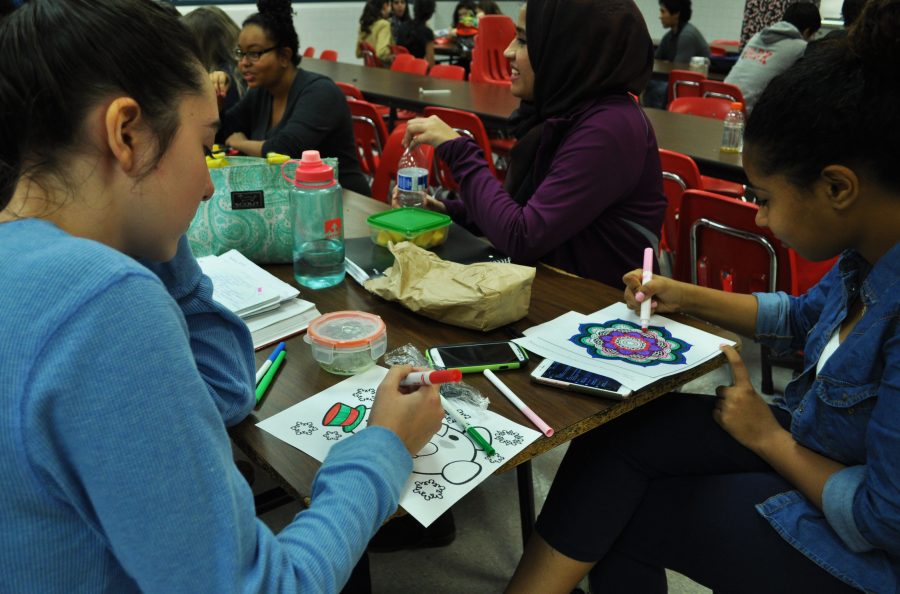Over five and a half years ago, Steve Jobs transformed the way in which people view mobile technology. While providing the usual features of a phone, such as calling and texting, his product, the iPhone, revealed much more. One could access the Internet, instantly share photos, check email, play games, go on YouTube, and listen to music, all with the touch of a finger. The smartphone era had begun.
Now the cell-phone market is flooded with touchscreen devices, all trying to emulate the successful innovations of the original iPhone. Many companies, such as Android, have succeeded in doing so, accounting for a massive 68.1% of the world’s smartphones, according to the International Data Corporation.
These devices have become a conventional part of students’ lives, making things such as organizing and gaining information much easier. In general, students hold favorable opinions of smartphones.
“They have improved [my daily life] so much,” junior Laura Salt said. “They allow me to easily access things like my homework.”
Many teachers understand why their students hold Salt’s opinion. Spanish teacher Meaghan DeRusso fully acknowledges that these devices can do remarkable things concerning material and the information students encounter in school. She believes these phones can help in the overall learning process.
“We have really old computers in world languages,” DeRusso said. “It makes my lessons a lot easier if you guys have access to your own technology in the classroom, be it a smartphone, computer, or tablet.”
Although smartphones have many beneficial features, there is always the possibility that smartphones will cause people to isolate themselves from their peers and family members.
“When people are hanging out, you always see friends check Twitter, check Facebook, check their emails, text other people,” junior Matthew Choi said. “They do everything but spend time with the people they’re with.”
Constantly being connected is nonetheless marketed as one of the perks of owning a smartphone. One can access popular social networking sites such as Twitter and Facebook with the touch of an icon and can go from lock screen to timeline in a matter of seconds. Though seemingly useful, these features can prove severely damaging: they are known to significantly harm one’s performance in school, as they are detrimental to concentration, motivation, and sleep patterns.
With the smartphone industry picking up steam, these devices are becoming a vital part of people’s daily lives. The only thing more surprising than what a smartphone is capable of is how many people actually own one. Just by roaming around the hallway or walking into a classroom, one can get an idea of how common smartphones really are, and how these innovations have truly revolutionized the world.
(photos courtesy of sandyspringsga.org, ra.defense.gov, gsablogs.gsa.gov, crh.noaa.gov, hhs.gov)









